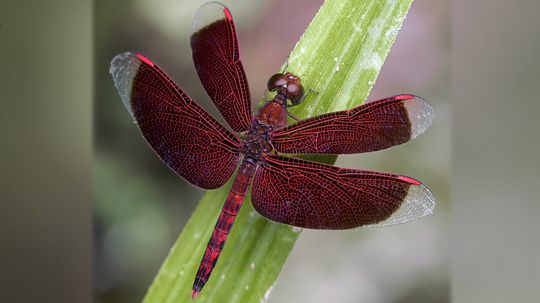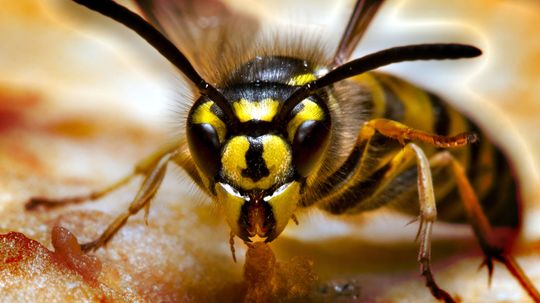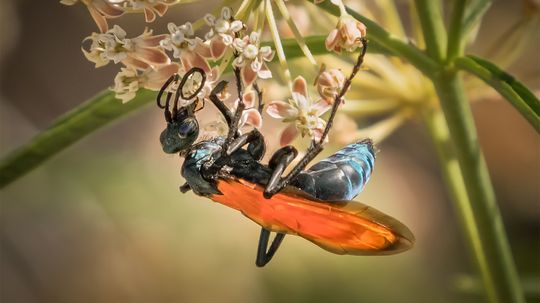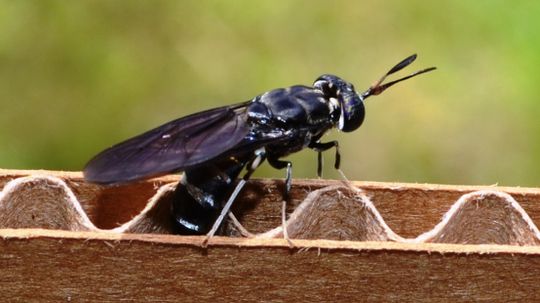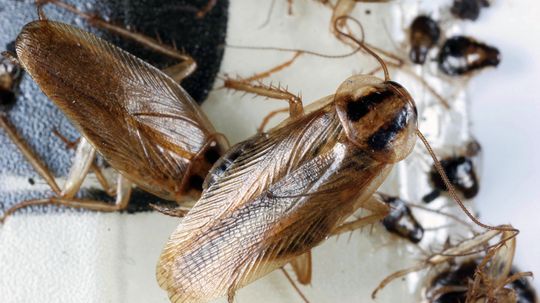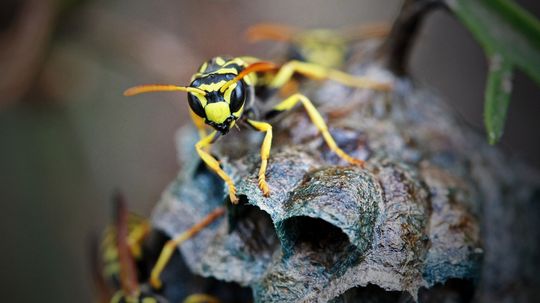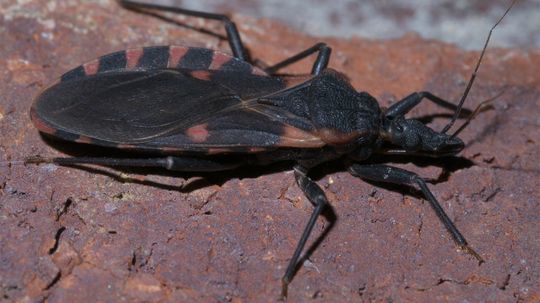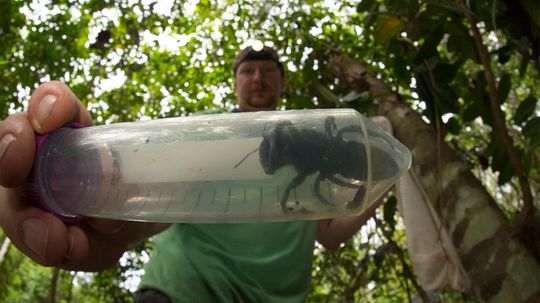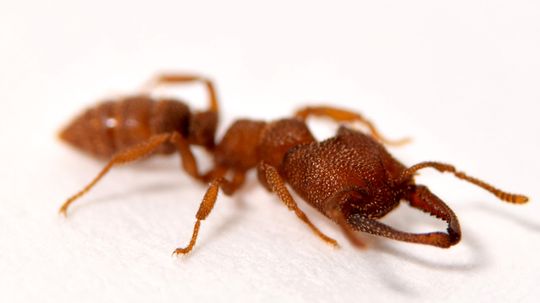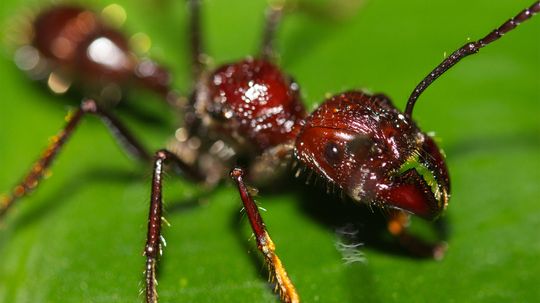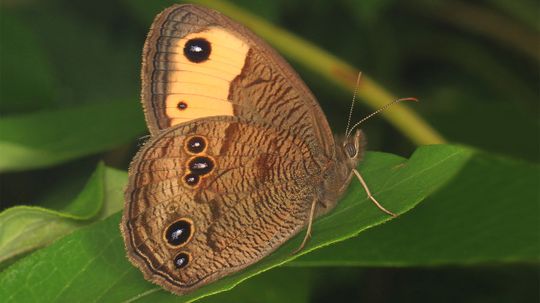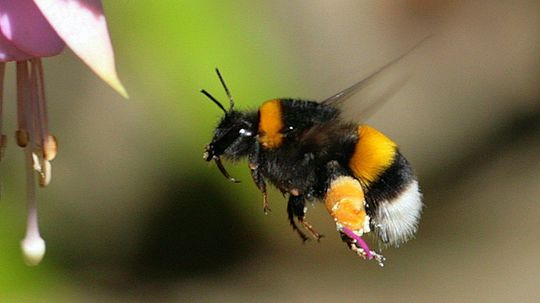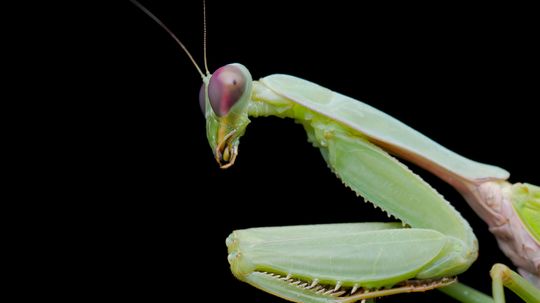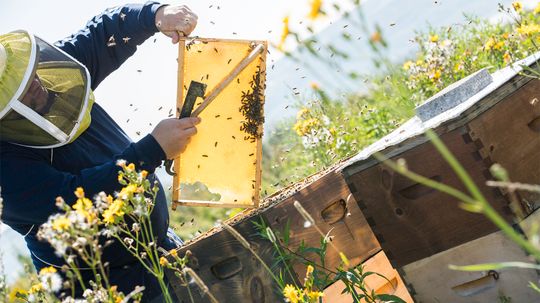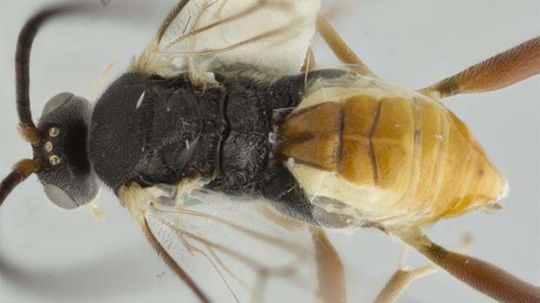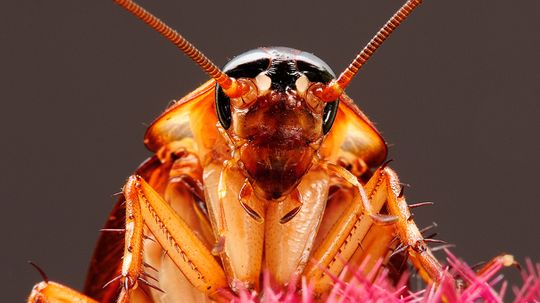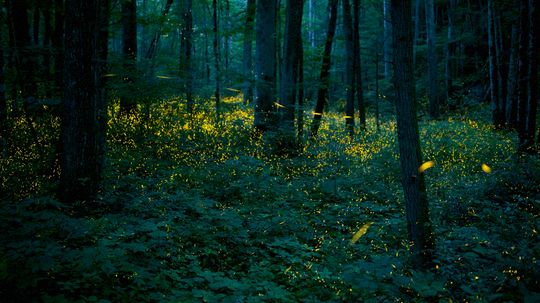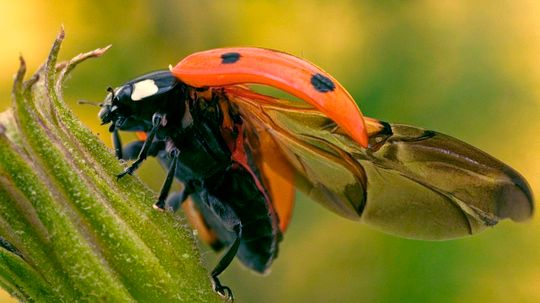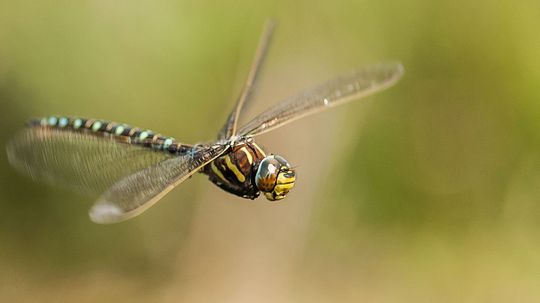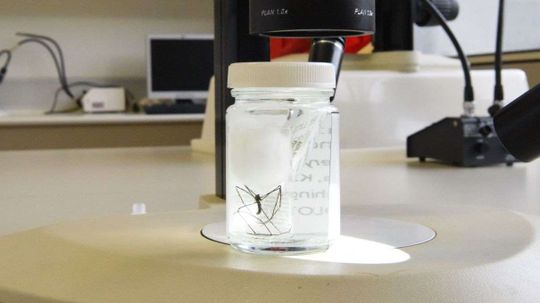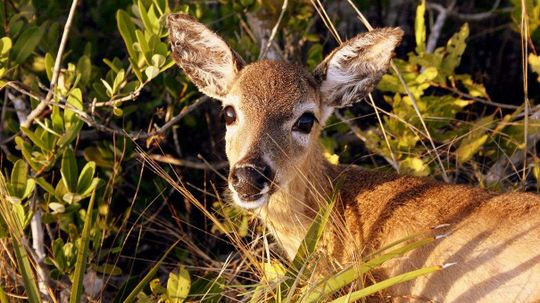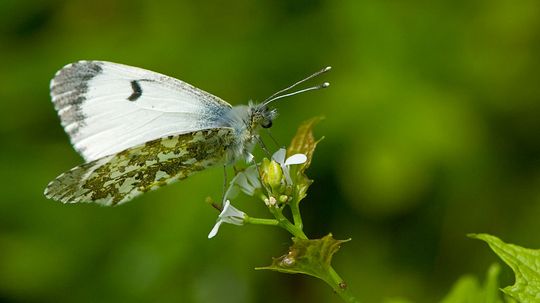Insects
While there are a million different types of insects, all have a hard exoskeleton which is segmented into three parts. In fact the word "insect" is derived from the Latin meaning segmented.
Learn More / Page 4
Dragonflies are fast, powerful and unbelievably aggressive, using a rudimentary form of 'trigonometry' to calculate distance and move in for the kill.
It's a battle of the buzzing insects. We're talking hornets vs. wasps. How do these two differ and which one has the worst sting?
The sting of a tarantula hawk is so painful you are advised to lie on the ground as soon as you're stung to avoid falling.
Advertisement
Black soldier fly larvae will eat almost anything and they taste pretty good themselves, too.
These nasty pests are developing cross-resistance to multiple classes of insecticides.
Just like bees, wasps are pollinators that are also endangered. But you rarely hear anyone pleading to save wasps. A study finds out why wasps are despised by the public and researchers alike.
By Dave Roos
These nasty little bugs have been reported in 28 U.S. states and can cause an illness called Chagas disease.
Advertisement
The world's largest bee, lost to science for 38 years, has been rediscovered on a remote island in Indonesia.
There's an old saying that you catch more flies with honey than vinegar. Scientists have now found out why sour tastes are so repellent to flies.
By Alia Hoyt
Think a teeny tiny ant can't pack a punch? Think again. The Dracula ant can subdue its prey so fast, they never know it's coming.
By John Donovan
Justin O. Schmidt studies insect venom and has a rating system for the relative agony inflicted by the world's most painful stings. Which is the worst?
Advertisement
Structures in some butterflies' wings are actually part of their ears.
Thanks to a citizen science project in the path of totality, researchers studied bee activity and were surprised by the results.
For five nights in a row, a praying mantis came to the same garden spot to hunt for fish, completely confounding scientists.
Beekeeping, when you get down to it, is the art and science of removing honey from hardworking bees without them missing it. But beekeeping is about so much more than just the honey.
By Dave Roos
Advertisement
Being eaten from the inside out by wasps sounds like something out of a nightmare, but for some caterpillars, sadly, it's just life.
It seems like flying cockroaches want to dive bomb your face. Are they aggressive? Defensive? Or maybe it's all just in your scared ape mind.
Entire colonies of half a million venomous ants are one scary threat following serious flooding.
Part of the fun is trying to finagle a spot at the Great Smoky Mountains National Park viewing site in late spring.
By John Donovan
Advertisement
The secrets to ladybugs' wing-folding could yield new designs in flying robots and even newfangled umbrellas.
By Amanda Onion
For one species of dragonfly, the hassle of dealing with aggressive suitors is worth playing possum over.
And its special endowment is not the thing that intrigues scientists the most.
In a state already teeming with pythons, tourists and Jimmy Buffett singalongs, the flesh-eating screwworm makes Florida a little more menacing.
Advertisement
Of course they do. You're an attractive person. But what is it about you specifically that draws them in for a tasty meal?
If people had exoskeletons and wings maybe they'd be around forever, too. Insects are born survivors because they have certain traits that other animals don't.
